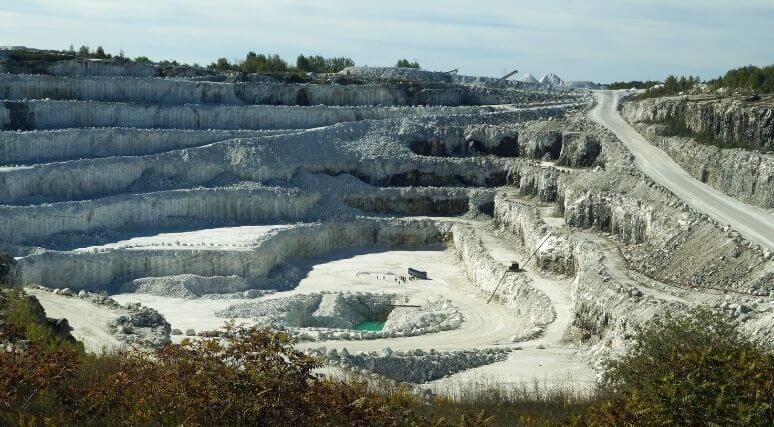This article originally appeared in the Globe and Mail.
By Heather Exner-Pirot, December 15, 2022
Canada’s long-awaited critical minerals strategy, released last week by Natural Resources Minister Jonathan Wilkinson, puts a plan behind the $3.8-billion the government previously announced to support critical minerals development and generally accelerate mining projects. But while it’s encouraging to see Ottawa backing the natural resource sector in a big way, the question now is if the mining sector is interested in pursuing projects in Canada.
Calling a mineral “critical” is a purely political distinction, describing those resources that the government believes are strategic, limited or concentrated, and thus deserving of state oversight. That term has no geological significance.
Canadian investment on mining exploration is still abysmally low at $2.5-billion last year, down 41 per cent from its 2011 peak. It’s been held back by the usual suspects: long waits for permits, lack of community support and the decades-long timelines for getting financial returns. Unless Canada’s critical minerals strategy goes much further, the mining companies might not want to come out to play.
The most prioritized critical minerals tend to be lithium, graphite, nickel, cobalt, copper and rare earth elements because of their essential role in the energy transition away from fossil fuels. Others, such as potash or helium, can also make the list.
Behind this sudden urgency by the Canadian government is the realization that while the climate policies of Western countries have succeeded in curbing oil and gas investment over the past decade, the concomitant increase in spending on green minerals is woefully behind. The International Energy Agency forecasts that, to hit net-zero goals, we will need six times more mineral production in 2040 than we have today.
The last commodities boom, from 2000-14, was driven by Chinese growth and saw prices spike for everything from oil to fertilizer to metals. But it eventually busted and never recovered. Global mining investment peaked in 2012.
The postpandemic recovery and the Russian-Ukraine war have boosted commodity prices, but spending has not followed. Last year, capital expenditures of the top 20 global miners was two-thirds of what it was in 2012. And it’s not being allocated upstream: Global spending on exploration was only about half of what it was in 2012, and most of that (55 per cent) was for gold, which is not a critical mineral.
Canada saw the biggest jump – 62 per cent – of any country in mining-exploration spending between 2020 and 2021. But we are way off our 2012 peaks, and gold dominates much of the spending. Of 27 mine proposals in front of Canada’s Impact Assessment Agency, nine are for gold and eight are for coal. Only a handful are for critical minerals: one each for lithium, zinc/lead, niobium and nickel/cobalt, and another two gold projects that would also produce copper. None of those is in Ontario’s much-ballyhooed Ring of Fire, which has yet to produce a single formal mining proposal.
Because the mining sector can determine roughly where it will be a decade ahead by what is being planned and built today, we know that in the medium-term Canada will be no major producer of critical minerals, other than in potash, uranium and nickel, where we already lead. Even if we do become a bigger player in copper, helium, rare earths, graphite and lithium, it will not be enough to meet our needs and those of our allies.
This is a problem. Since January, 2020, Canada has formalized bilateral agreements on critical minerals with the United States, the European Union and Japan, and is working on commitments with Britain and South Korea. Our action is going to have a hard time matching our talk.
Add to that high interest rates, which are driving up the cost of capital; market volatility and a looming global recession; supply chain and inflation headaches; plus an aging mining work force that will be hard to replace with a younger generation that has neither the interest nor the skills to work in a mine. It’s hard to see money pouring in.
Canada’s critical minerals strategy is serious and should have some positive impact, but there is no basis for believing that mining capital expenditures, in Canada or elsewhere, will be multiples of 2022 investment levels any time soon.
Both the oil and gas and the mining industries have been holding back capital expenditure. While the rate of oil and gas spending could hit net-zero targets by 2050, mining is way off even that pace, and current government strategies will not be enough to close the gap.
Heather Exner-Pirot is a Senior Fellow at the Macdonald-Laurier Institute.






